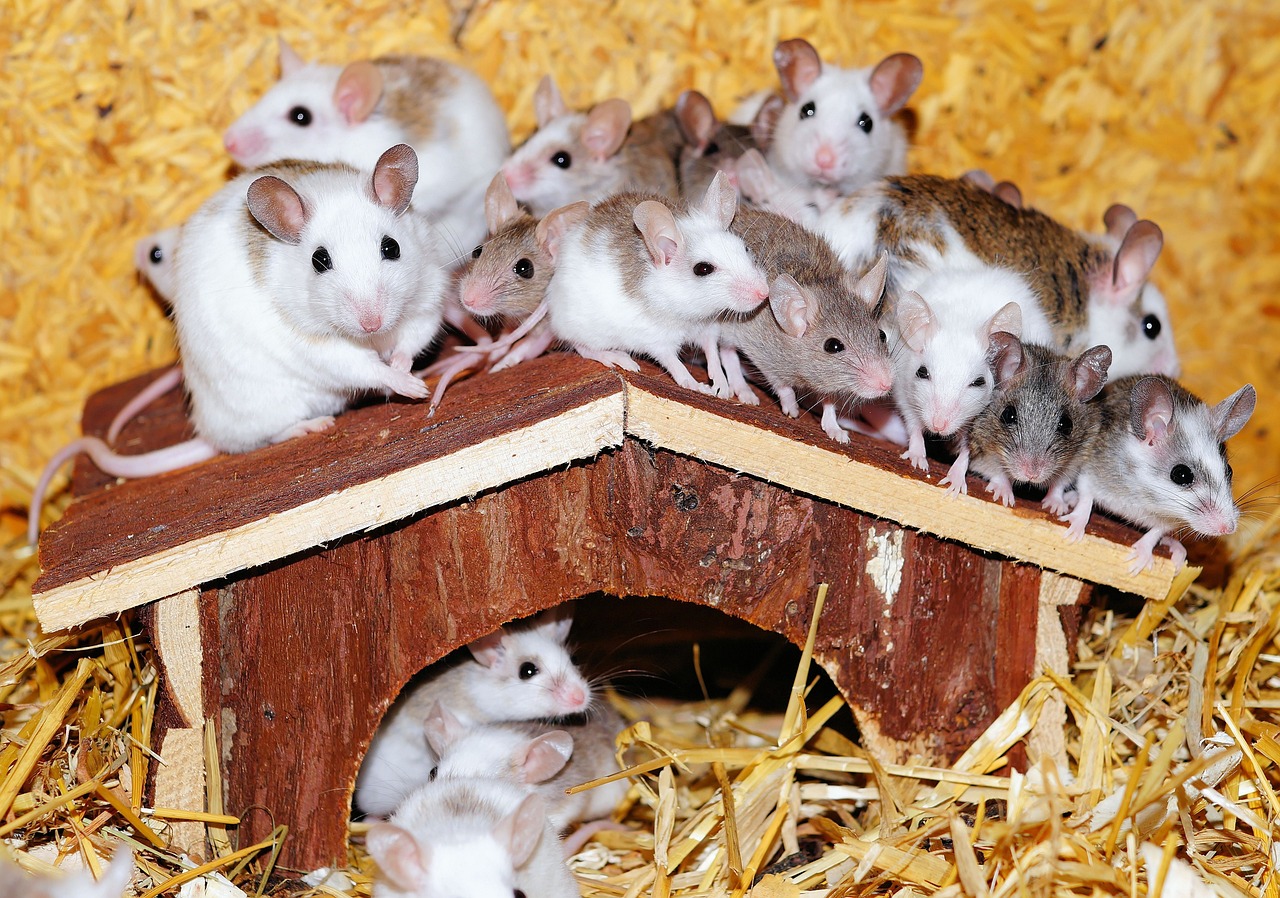Media release
From: PLOSMale mice use female mice to distract aggressors and avoid conflict
When aggressively encountered, male mice will run over to female mice, using a “bait-and-switch” tactic to distract aggressive male mice
A research group led by Joshua Neunuebel at the University of Delaware, USA, tracked the behavior of mice using machine learning to understand how they handle aggressive behavior from other mice. The researchers’ findings, published on October 15th in the open-access journal PLOS Biology, show that male mice deescalate aggressive encounters by running over to a female mouse to distract the aggressive male mouse.
The researchers recorded groups of two male and two female mice interacting over five hours. Like many other animals, mice have social hierarchies, and in almost each group recorded, one male was always significantly more aggressive towards the other.
Social interactions can be challenging to study objectively, so the researchers used a machine learning approach to analyze aggressive interactions and how the mice respond. In total, they observed over 3,000 altercations between the male mice, and the machine learning algorithm helped researchers determine the most likely responses to aggression and whether these actions resolved or furthered the conflict.
The researchers found that the male mouse who was aggressively encountered often ran over to one of the female mice and that this deescalated the aggression. This may be a “bait-and-switch” tactic, as the aggressive male mouse typically followed the other male but then interacted with the female mouse instead of continuing the aggressive encounter.
Some other tactics, even if they avoided aggression for a moment, would then escalate to full fights. However, the researchers found this was not the case after the bait-and-switch. After this tactic was used, fights rarely occurred, the male mice often remaining farther apart from each other with the aggressive mouse continuing to interact with the female mouse.
While the bait-and-switch may be an effective way to deescalate conflicts, there may be costs to the victim, such as sacrificing time with the female mice, and further research may look into whether these tactics are effective in larger groups of mice. This study also demonstrates how machine learning tools can useful for understanding animal behavior, and similar tools could be used to study how the many other species with social hierarchies handle aggression.
The authors add, “Using artificial intelligence, we found that male mice turn to nearby females to distract aggressors and de-escalate conflicts. After an aggressive encounter, the aggressed male briefly engages with a female before quickly escaping, as the aggressor's focus shifts to her.”



